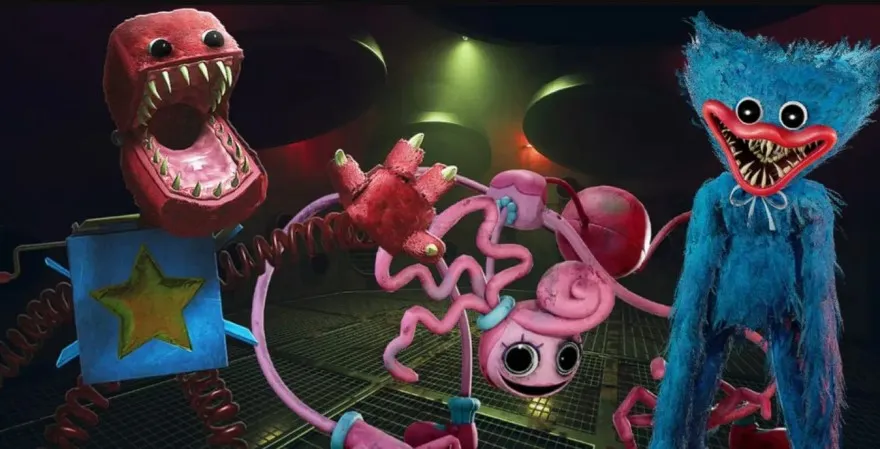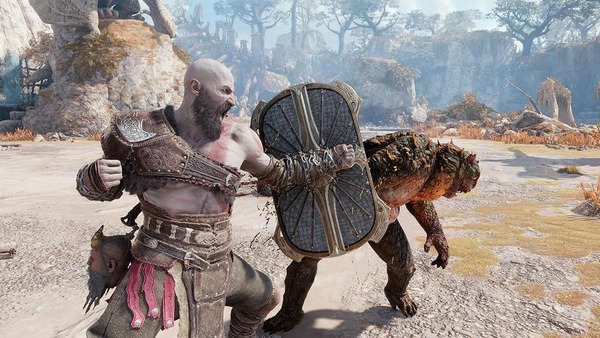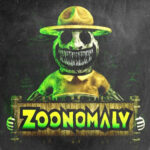
Poppy Playtime
All trademarks belong to their respective owners.
Advertisement
Popular Now
Introduction

• Poppy Playtime the episodic survival horror game developed by MOB Games, has quickly gained widespread attention for its unique blend of eerie atmosphere, creepy toys, and psychological horror. • The game’s design, narrative choices, and overall tone have a significant impact on players' emotional states, tapping into deep psychological fears. Through its unsettling atmosphere, grotesque toy monsters, and disturbing story elements, Poppy Playtime manipulates its audience’s fear responses in ways that extend beyond typical horror games. • We will analyze how its gameplay mechanics, environmental design, and narrative elements shape the player’s experience, leaving a long-lasting impact on their emotional and psychological state.
1. The Role of Psychological Horror in Poppy Playtime
- What is Psychological Horror?
• Psychological horror differs from traditional horror by focusing on the mind and emotions rather than relying solely on gore and jump scares. It’s designed to unsettle the player by distorting their perception of reality, exploiting their deepest fears, and creating a sense of impending doom that lingers long after the game ends. • In Poppy Playtime, psychological horror is employed through the use of suspense, disturbing visuals, and a narrative that keeps players on edge as they try to make sense of what is happening.
- How the Game Subverts Expectations
• At the core of the psychological horror in Poppy Playtime is the subversion of expectations. The game opens with the promise of exploring an abandoned factory, which seems like a typical premise for a horror game. • Rather than relying on conventional horror tropes, the game uses what’s familiar to players—childhood toys and games—against them.
2. Environmental Design: Using Space to Amplify Fear
- The Factory Setting: A Haunted Playground
• One of the most important elements in Poppy Playtime’s psychological horror is its environment. The toy factory is a labyrinthine structure, with long corridors, dark rooms, and ominous machinery.• The game capitalizes on the feeling of isolation that players experience as they explore the empty factory. • Poppy Playtime makes excellent use of lighting and darkness to evoke fear. Much of the game takes place in dimly lit rooms, with flickering lights and areas of total darkness. • The contrast between light and shadow not only enhances the tension but also serves as a psychological tool. The darkness symbolizes the unknown, tapping into the fear of what’s hidden from view. This uncertainty is a hallmark of psychological horror, as the player’s imagination begins to fill in the gaps with their own worst fears.
3. The Manipulation of Childhood Innocence
- Toys as a Source of Fear
• Poppy Playtime takes this concept to new levels by turning seemingly friendly toys into grotesque monsters. Huggy Wuggy, a towering, blue, bear-like creature, is the perfect example of this manipulation. His childlike appearance, with big eyes and a wide smile, contrasts sharply with his horrific actions and the terror he instills in the player.
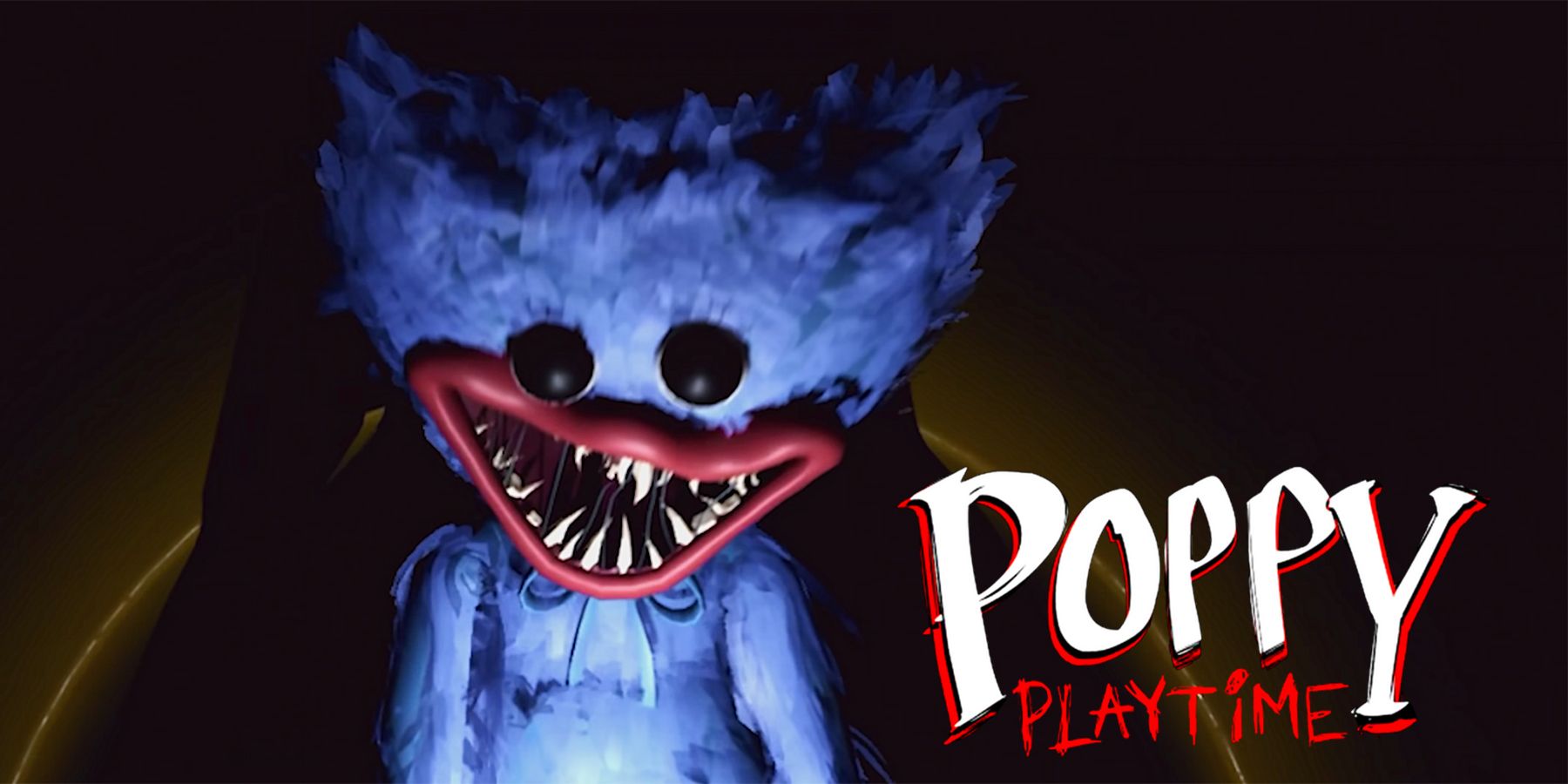
- The Clashing of Familiar and Unfamiliar
• The game’s environment, characters, and tools often appear to be from a child’s playroom or TV show, yet they are warped and distorted. This clash between the comforting world of toys and the brutal, horrific events unfolding in the game creates a deep sense of cognitive dissonance. Players are forced to reconcile their childhood understanding of these toys with their current terror, which only deepens the psychological unease. • The game's choice to focus on toys as monstrous entities plays into a broader fear of losing innocence and childhood trust. The monsters in Poppy Playtime are not just physical threats; they represent the loss of innocence, the dark side of things that were once safe and comforting. This narrative taps into a deep, subconscious fear of growing up and confronting the dangers of the world.
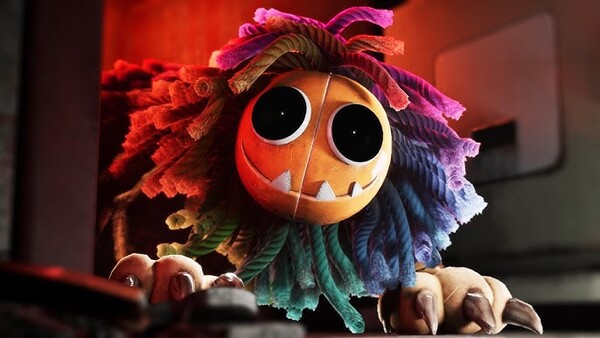
4. Fear of the Unseen: The Role of Sound and Silence
- Sound Design: Creating Dread Without Showing Everything
• In psychological horror, sound is often just as important, if not more so, than visuals. Poppy Playtime uses sound design expertly to keep players on edge. The eerie, distorted sounds of machinery, the distant echoes of footsteps, and the unsettling ambient noises create a constant sense of dread. Players can never be sure when something is about to happen or if it’s just the game playing tricks on them. • Key moments in the game are often accompanied by sudden, sharp sounds—a loud crash, the sound of toys moving in the distance, or a monstrous growl. These auditory cues heighten the sense of danger, even when the threat isn't immediately visible.
- The Silence Before the Storm
• In contrast to the overwhelming noise, Poppy Playtime also uses silence to create fear. After a particularly intense sequence or after players have narrowly avoided a monster, the sudden absence of sound can be just as unsettling. This silence builds tension, making players anticipate that something terrible is about to happen.
• The silence in Poppy Playtime taps into the fear of the unknown, as players have to rely on their instincts and the subtle sounds around them to predict what will happen next.
5. The Role of Monsters: Fear of Being Chased
- Huggy Wuggy and the Pursuit of Death
• Players know that Huggy Wuggy is somewhere nearby, and his pursuit is relentless. This creates a fear of being caught, a fear of inevitable death, which is a fundamental part of the psychological horror genre. • The chase sequences become more intense as players realize that every corner could hide Huggy Wuggy, and there is nowhere to hide in the maze-like factory.
- The Role of Anticipation and Uncertainty
• What makes these chase sequences even more terrifying is the uncertainty of when or where Huggy Wuggy will appear.
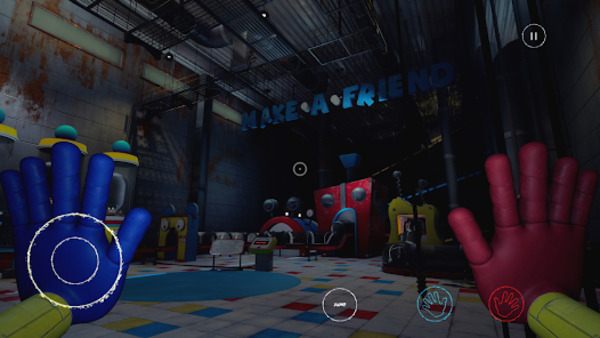
6. Poppy Playtime’s Narrative: Uncovering the Truth
- The Mystery of the Factory
• At its core, Poppy Playtime is about uncovering the mystery behind the toy factory. As players progress through the game, they find clues and pieces of the backstory that reveal what happened to the factory and its workers. • The gradual reveal of this dark history heightens the psychological tension. Players must reconcile their desire to learn the truth with the overwhelming fear of what they might find. This uncertainty about what is real and what is imagined creates a powerful narrative tool for the game’s psychological horror.
7. The Psychological Effects on Players
- Emotional and Psychological Impact
• The psychological horror elements in Poppy Playtime are designed not just to startle players, but to leave them with a lingering sense of unease long after the game ends. The combination of childhood innocence turned twisted, the oppressive environment, and the constant threat of death creates a deep emotional and psychological impact. • For many players, Poppy Playtime leaves them feeling unsettled, with its themes of isolation, fear of the unknown, and the loss of innocence. The game manipulates emotions in a way that few horror games do, making the experience more than just a series of jumpscares.
- Long-Lasting Dread
• Even after finishing the game, the atmosphere of Poppy Playtime lingers. Players may find themselves haunted by the sounds, the oppressive darkness, and the monstrous toys that chase them. • This lingering dread is one of the most effective aspects of the game’s psychological horror design. It doesn’t just make players afraid during the experience—it leaves them with a lasting sense of unease, forcing them to confront their fears long after the game is over.
8. Game Design and Player Agency
- Puzzle Solving and Fear of Consequences
• Another aspect of Poppy Playtime's design that contributes to its psychological horror is the player's limited ability to control their fate. While solving puzzles and exploring the factory, players often face moments where they must make quick decisions under pressure. These decisions may not always lead to immediate consequences, but the feeling of urgency and fear of failure is ever-present. • The game's design puts players in a constant state of tension, where they must manage both the environment's threats and the psychological burden of knowing that they could be caught at any moment.

Conclusion
Poppy Playtime is a masterclass in psychological horror, manipulating the player’s emotions, fears, and expectations at every turn. The psychological effects of playing Poppy Playtime linger long after the game is finished, tapping into deep fears and unsettling truths about innocence corrupted.